Blood on the Wool: Montana's Sheep Wars
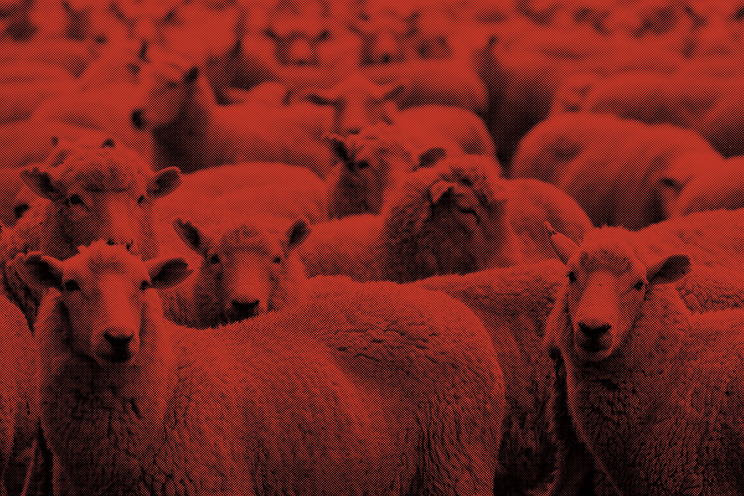
Time must have passed slowly for Montana sheepherders. Days must have sluiced together, drained away with hypnotic uniformity.
The life of a Montana sheepherder in the early 20th century was marked by profound boredom, for most. Unlike cattle, sheep never needed to be rounded up. There were no dramatic scenes of sheep stampede; no one was ever trampled underhood a flock of lambs or ewes. Rarely struck with the desire to explore, sheep are happy enough to stay awhile anywhere there is grass to eat, water to drink, and air to breathe. A sheepherder might stay away for a whole day and come back to find them in the same place.
Something like cabin fever might begin to set in for all but the most dedicated hermits, until the imp of the perverse might start to nag at them and make them wish for misadventure to break up the monotony.
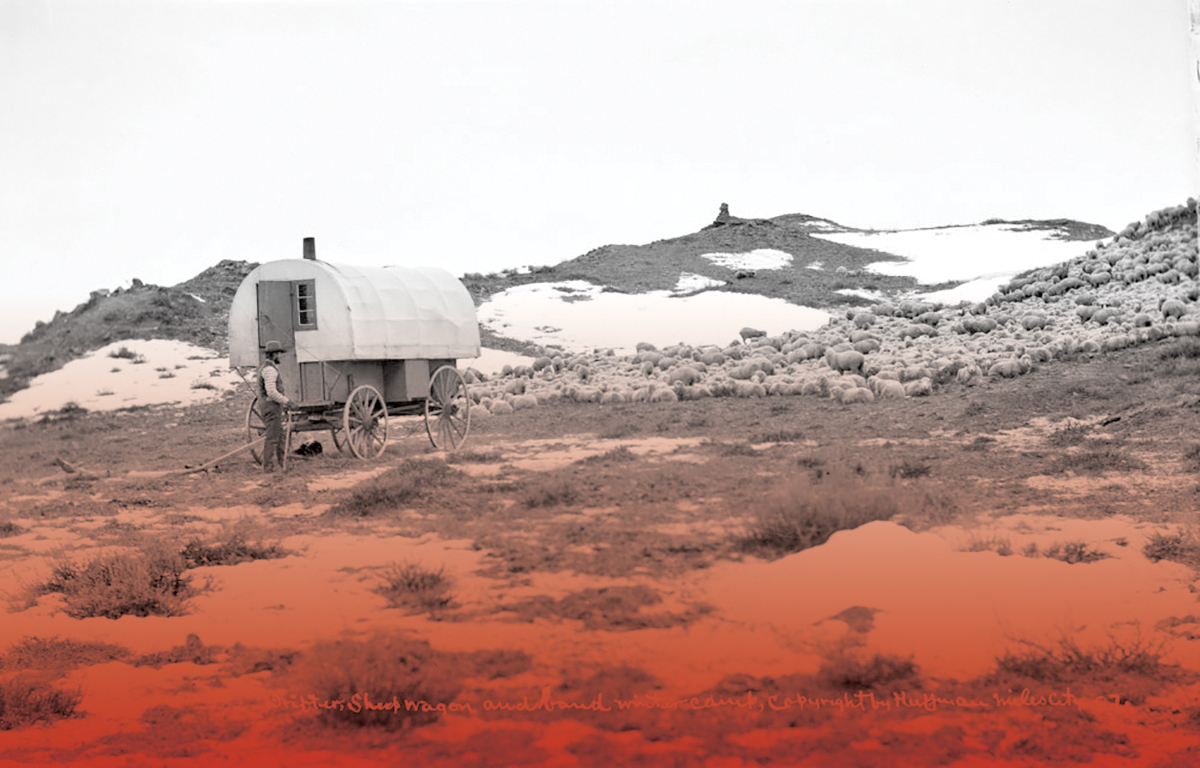
Then, one night, all of that could change in an instant. In moments, the sheepherders could be made to wish and pray for their endless series of interchangeable days to return again.
Sometimes, in the middle of the night, they were awoken by an alien sound: human footsteps. They might struggle to see by the dim light of their fire who approached. What these men - there might be five or six of them, or more - now standing around his camp, rucksack masks drawn over their faces wanted with him.
The men would have pistols and rifles, de rigueur on what was left of the open range by that time. But the large wooden clubs would have been out of the ordinary. They ordered him to make some coffee for them.
Perhaps a little time could be spared to break the clubs in on the sheepherder whose hands shook as he tried to boil coffee in a hurry. If he was lucky, they'd let him live.
And after they'd beaten him and tied him to a tree, or simply killed him, they'd take stock of how much work had yet to be done, and only then would they realize the enormity of their task. The main event was yet to come, and would take until dawn to get done.
They'd have liked to use bullets, but that many rounds would start to get expensive - a small fortune in ammunition. Fire might work, or herding them off of a cliff, if one was handy. Dynamite would do the trick. But in many cases, the killing weapons were as old as Cain and Abel - a hard object at arm's length.
Try and imagine, for a moment, just how arduous it would be to beat several thousand sheep to death. How long does each swing of the club take from wind up to connection? What if the blow is only glancing, and the sheep is dazed but not dead? How much liquor and coffee would it take to fuel all that relentless activity - raise the club into the air, and bring it down on the creatures' heads, over and over, for hours?
Did they sing songs while they worked, or did they grow increasingly silent as their hands and clothes grew darker with blood?
Consider this: if six men killed one sheep a minute each, it would take over 8 hours to kill 3,000 animals.
As the 19th century came to a close, the "open range" seemed definitively closed, reduced to a patchwork by homesteaders, railroads, and settlements. Cattle drives under these circumstances meant navigating a maze of fenced-off and private land. Sometimes this led to clashes between cowboys and settlers, and if the cattlemen employing the cowboys were powerful enough, it might lead to guerilla campaigns against "suspected rustlers." Some such alleged criminals were hung outside their own homes, while cowboys snipped the barbed wire of their fences.
But while honyockers were irritating enough to the cowboy, he had special ire reserved for the sheepherder. Historian Ted Morgan writes that the cowboys had "sound economic reasons" for this hatred: "[s]heep required much less of an investment than cattle. One sheepman and two collies could handle 3,000 sheep," and "they cropped the short grass left by cattle and weeds that cattle wouldn't touch."
And the sheer number of sheep in Montana must have been alarming to those with a stake in cattle; by 1900 there were 3,047,745 sheep in Montana, outnumbering cattle by nearly 10 to 1. The cowboy began to see them as verminous. Some called them "hoofed locusts."
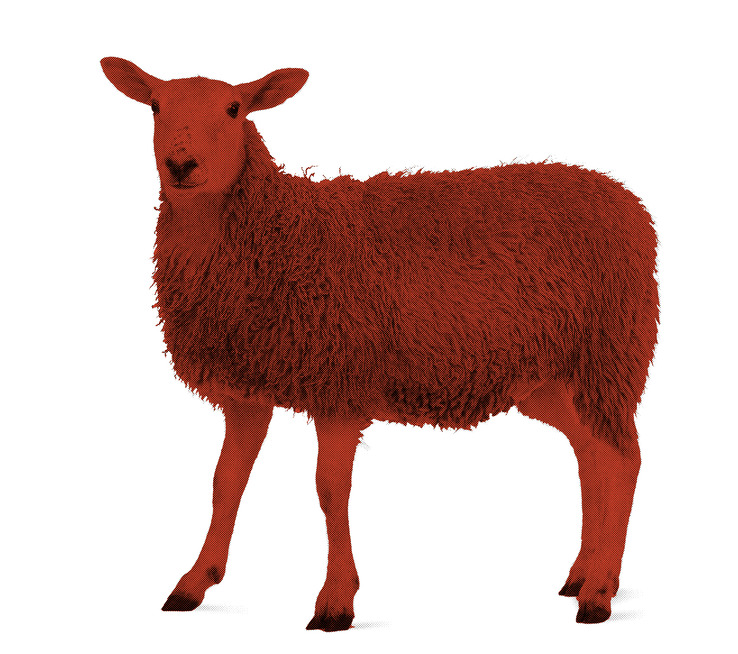
In the Tongue River Valley, attackers galloped horses through shepherd's flocks, and in December of 1900, they held a sheepherder at gunpoint as they spent most of the day clubbing between 2000 and 3000 sheep to death. The men left, discarding the bloodied clubs and returning to town. They were never caught. Sheriff O. C. Cato of Miles City, himself a cattle rancher, said that he had found the clubs and would arrest anyone who came and admitted it was their club. Not surprisingly, no one claimed any responsibility, although some cowboys came and joked that they didn't see their club among the assembled evidence. None would admit that they had wielded the weapons, or that they knew who had. The Wool Grower's Association offered a bounty of $19,000, but no one came forward.
This, by the way, is the actual incident in which the attackers asked for, or rather demanded, coffee from their victim.
Further south, in the Big Horn Basin of Wyoming, 4,000 sheep were clubbed to death in 1905. Three years earlier, several shepherds and another few thousand head of sheep had been killed in Thermopolis. In one Powder River Valley saloon, a cowboy shot a sheepherder's dog, and the sheepherder and the cowboy shot and killed each other.
Sometimes, as in a slaughter on Bear Creek, local ranches threw big hooplas on the night of the killings. Then, just in case one of the masked men were identified, they would have an alibi. Everyone would simply say they saw him at the dance, swinging some little lady around, so he couldn't possibly have been up in the hills, clubbing sheep.

During this time, the men who attacked sheep herds felt certain they would be protected by the largely pro-cattle powers that be. The tide finally turned in 1909, when seven men attacked a sheep herd near Spring Creek, in Wyoming. That night, campers on the other side of the river reported hearing gunfire through the night. The next morning they found one shepherd, a man named Allemande shot through the neck and chest next to his wagon. Another two men's bodies lay in the burnt wagon, charred beyond recognition but eventually identified as other shepherds. It seems that the raiding party had advanced on the wagon and fired into it, killing or wounding two of the men bad enough that they couldn't or didn't try to get out, even as they set fire to the wagon. The wounded Allemande had managed, despite a gunshot wound, to get out of the wagon with his hands raised. He expected, or at least hoped for mercy.
"It's a hell of a night to come out with your hands up," one of the men said, and shot Allemande down. The only shepherds spared by the raiding party were relatives of cattlemen. The killers, sure of their immunity, rode off and bragged about it.
But this was one killing too many. The men responsible were convicted - a first in the history of the sheep wars.
After 1909, the violent raids more or less stopped, partially because there was now a precedent for the conviction of sheep raiders in cattle country, and partially because there was no more open range to kill over.
In the end, some 50,000 sheep were clubbed, shot, blown up, driven off of cliffs, driven into rivers, or poisoned. In addition, some 40 or 50 human souls were killed over sheep, most of them sheepherders.
When interviewed in 2008, a now elderly rancher in Oregon told a story of meeting an old sheepman while working a sheep operation as a kid. The man seemed haunted by something and never spoke. After a while, the rancher asked a fellow worker who the man was, and was told this story:
"Three cowboys came through, and they caught him and they beat him half to death. They got him on his hands and knees and made him walk around his herd of sheep and baa like a sheep. When he got to the farthest side of the herd, they'd had their fun and turned him lose. Well, he crawled back through his herd and got back to his camp. He revived himself as best he could, and he got his saddle horse and his rifle, and he went after them. He caught up with them and he killed one, wounded one, and captured the third one. Well, right then the herder was a young man, only in his late teens, maybe twenty or so, and he didn't think too much about it... Then as time went on it started to bore on his mind of killing that man, and he turned into a vegetable. And that was what he was when I knew him."
Many of the cowboys got away with it and were never brought to justice for the murders of the sheep, and the destruction of the livelihoods of the sheepherders. Did they remember, until they died in their beds of old age in the 1930s or 1940s, their sheep raids with pride? Or did they, too, become haunted by what they had seen and done out there in the high country?
"So you see," the Oregon rancher told his interviewer, "even in the rough days of the cattle wars you can't kill a man and brush it off like a sore throat."
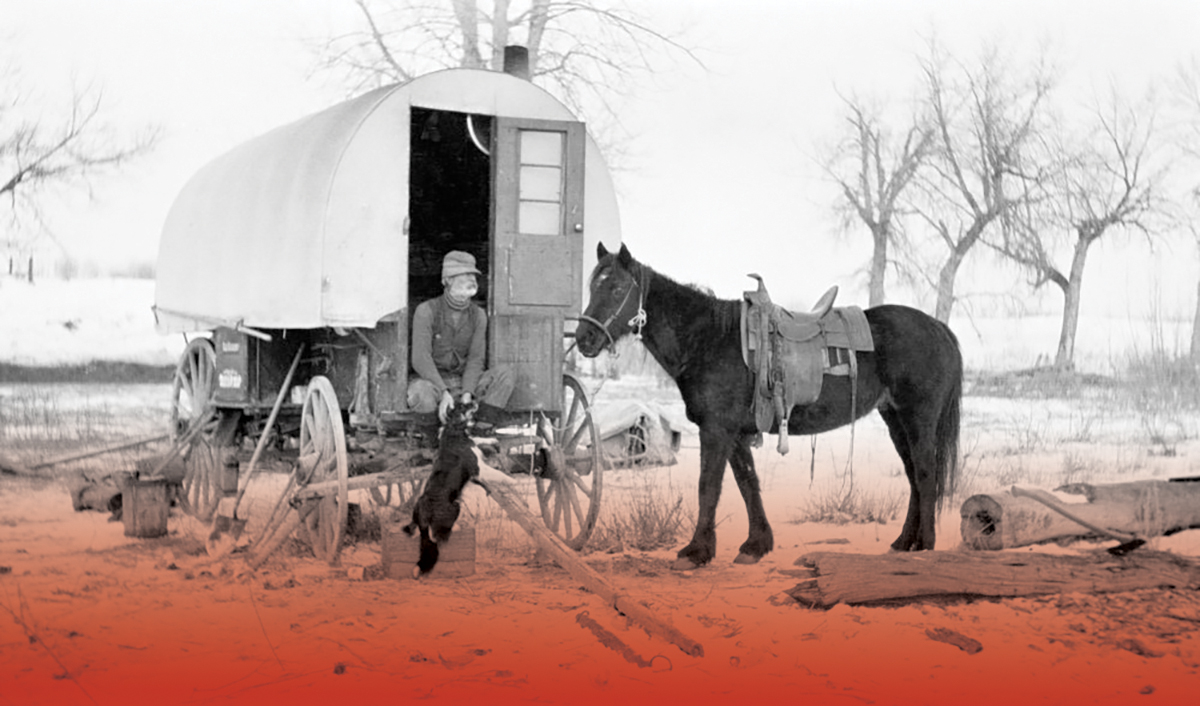

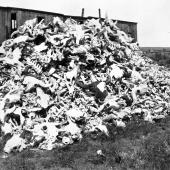
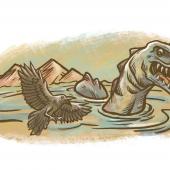

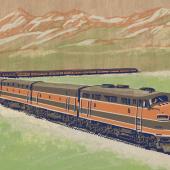
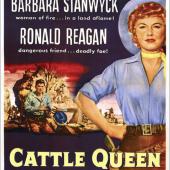

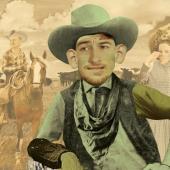
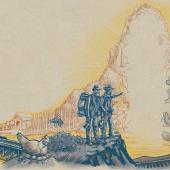
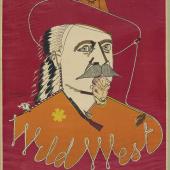
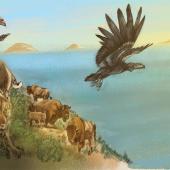
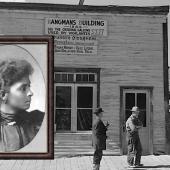
Leave a Comment Here